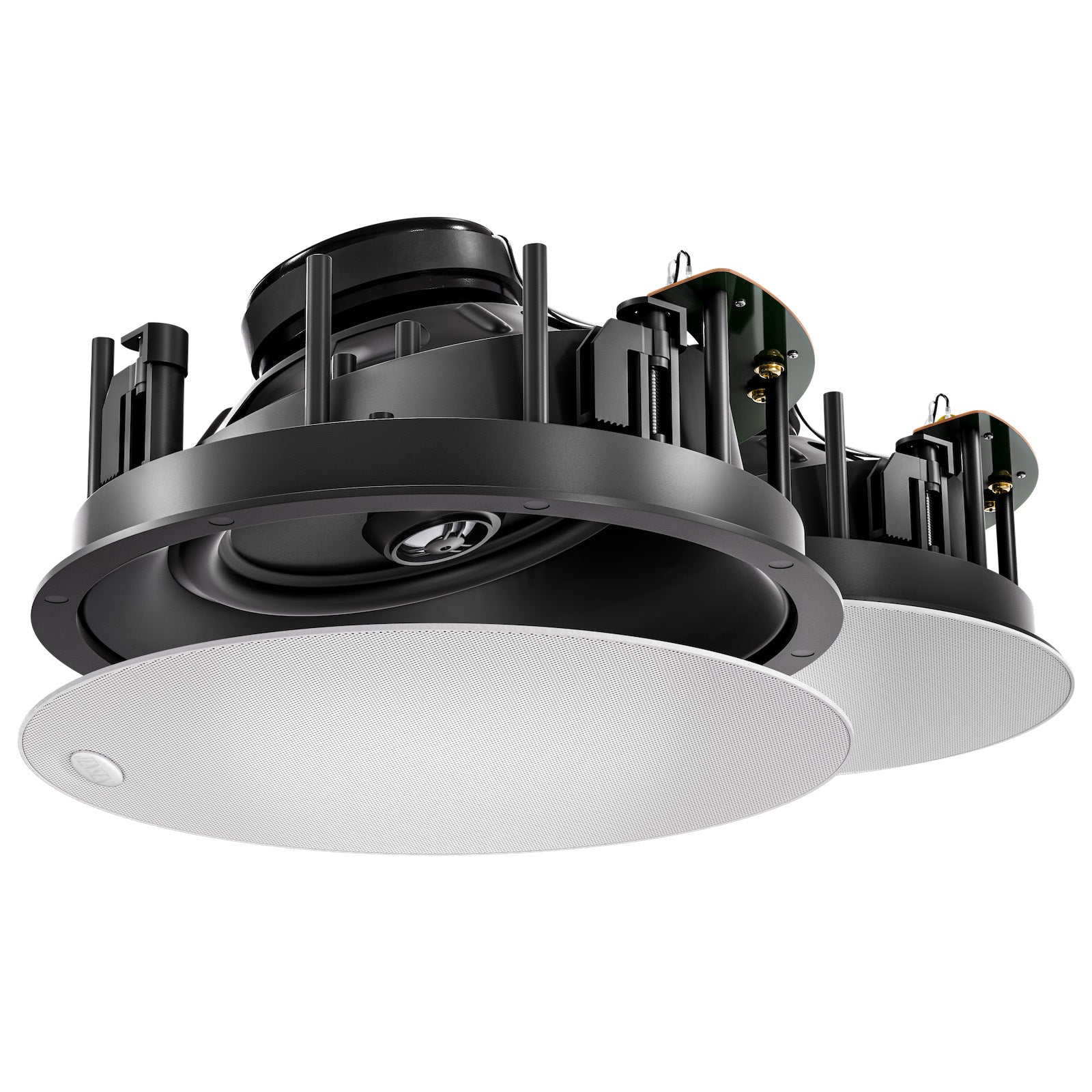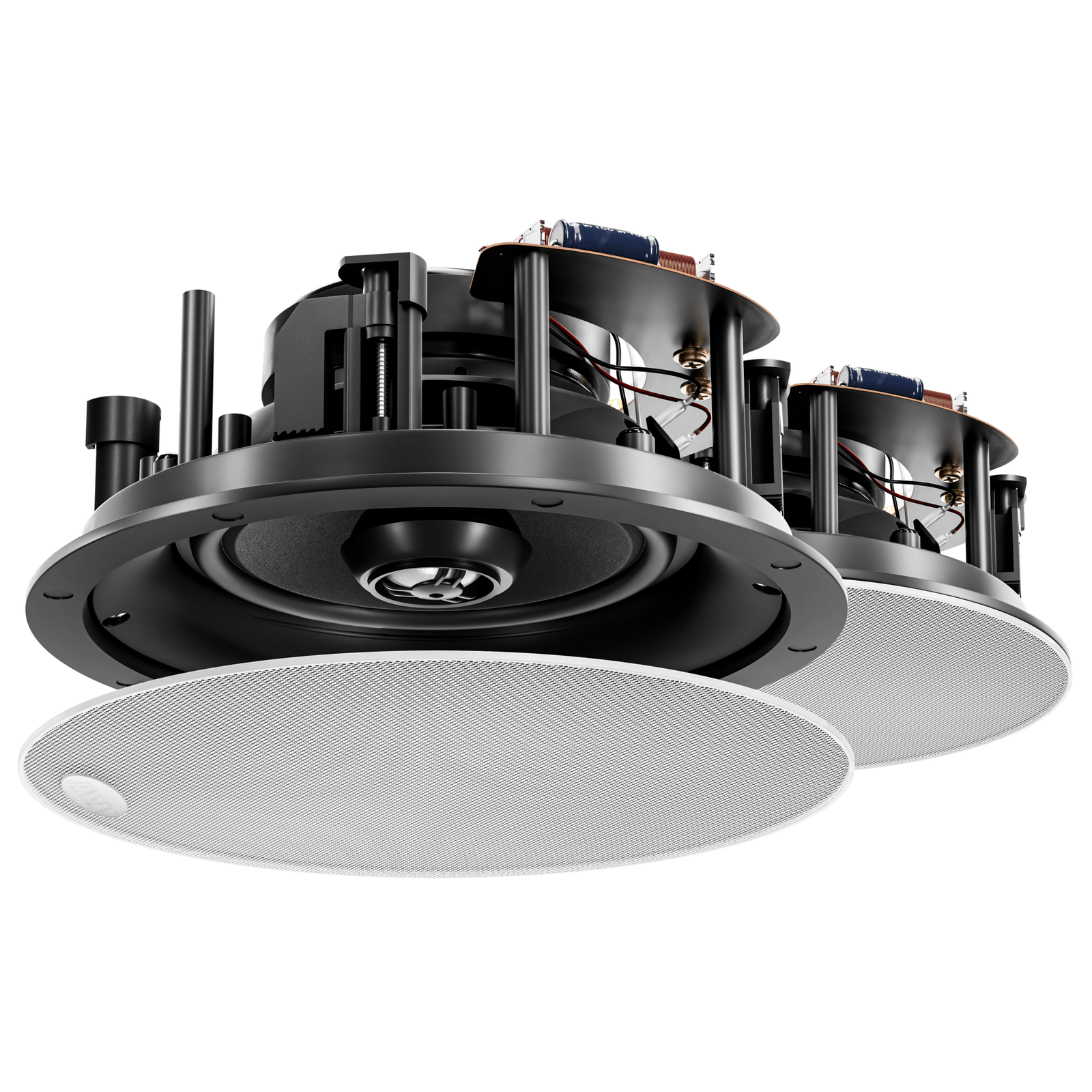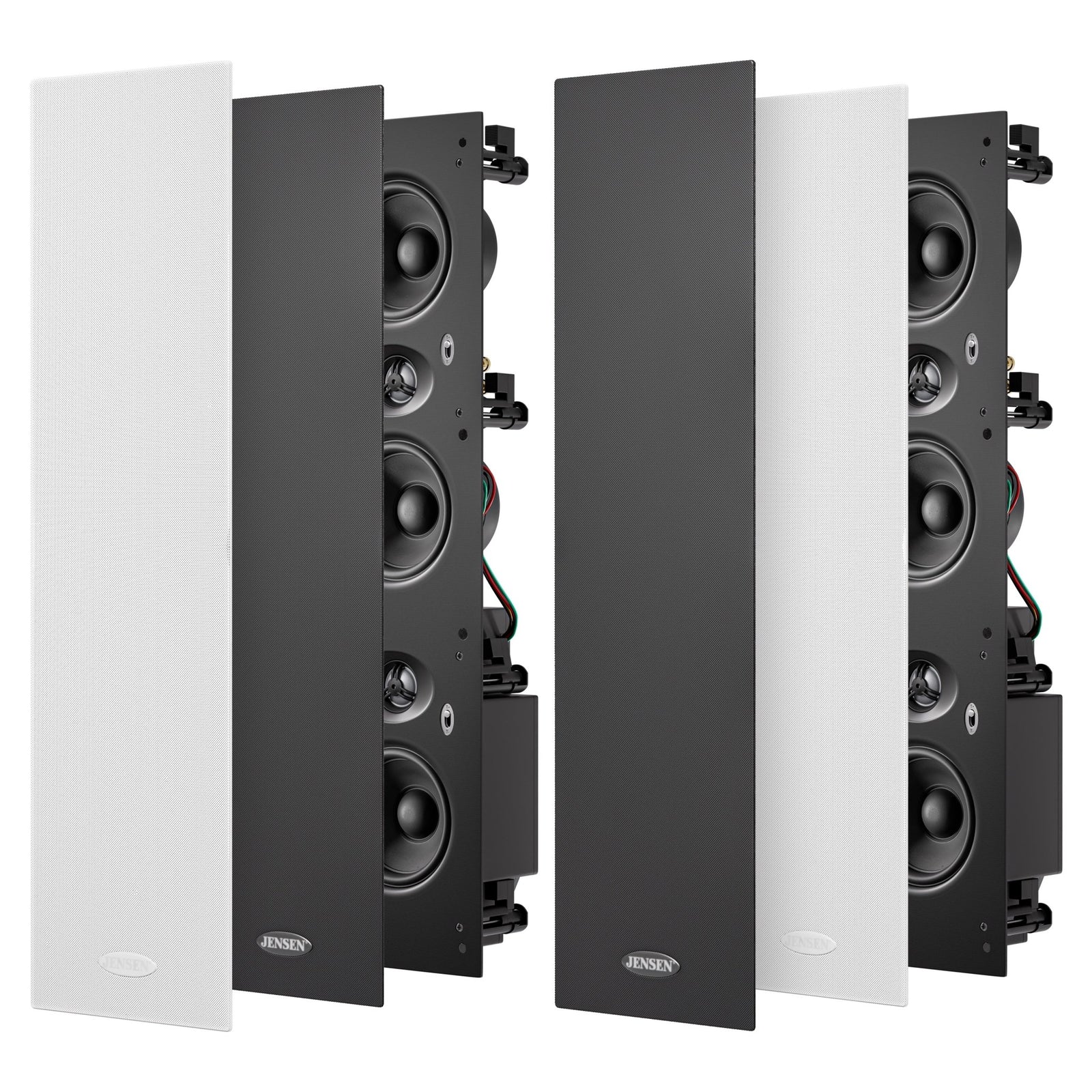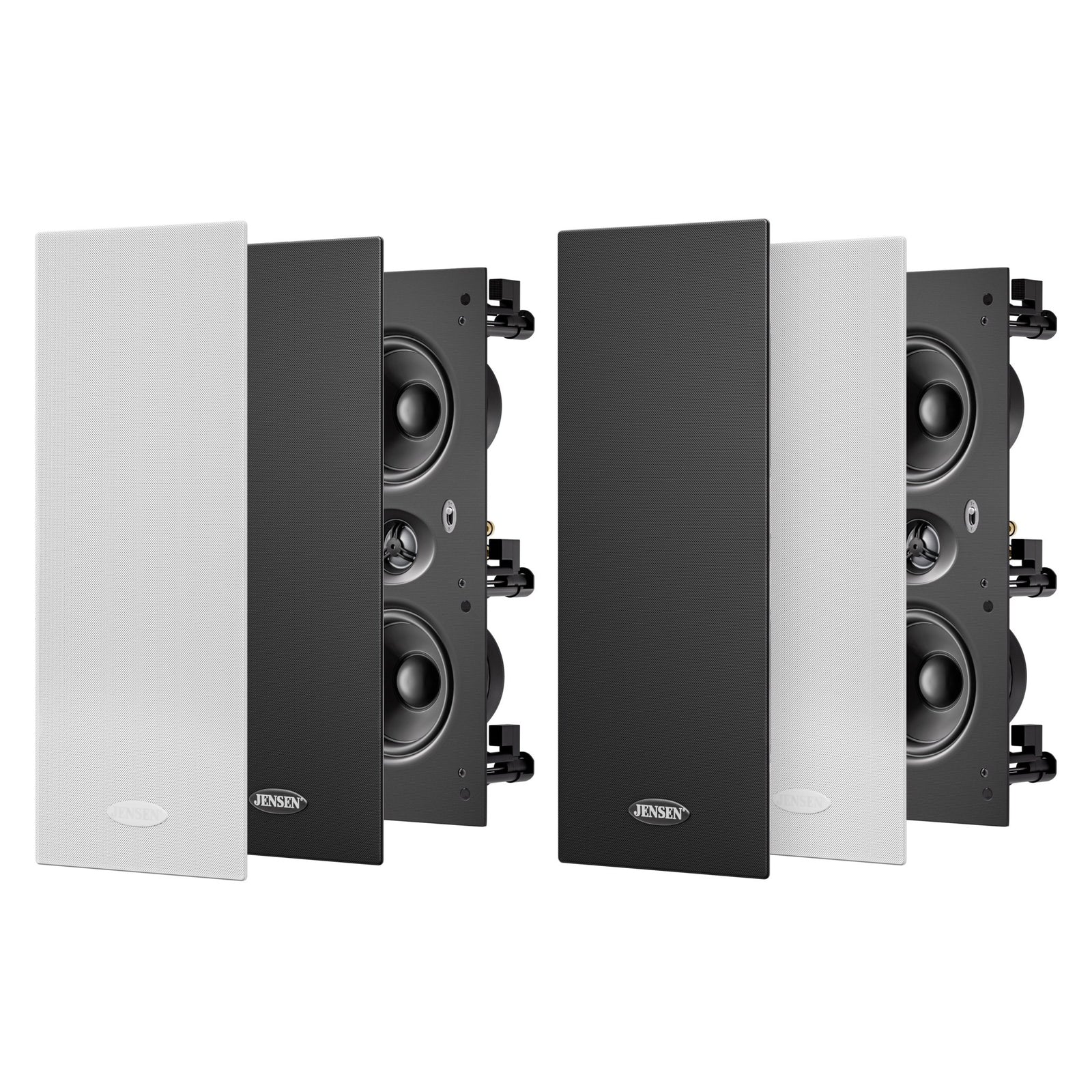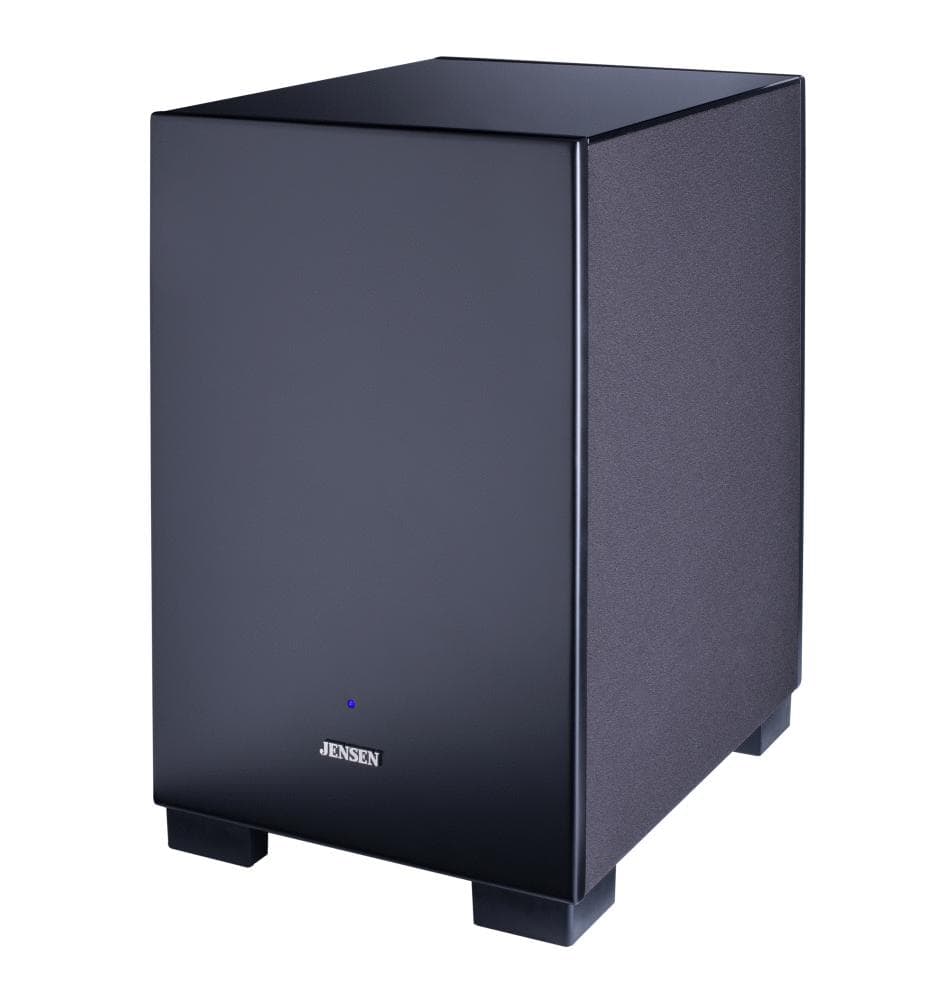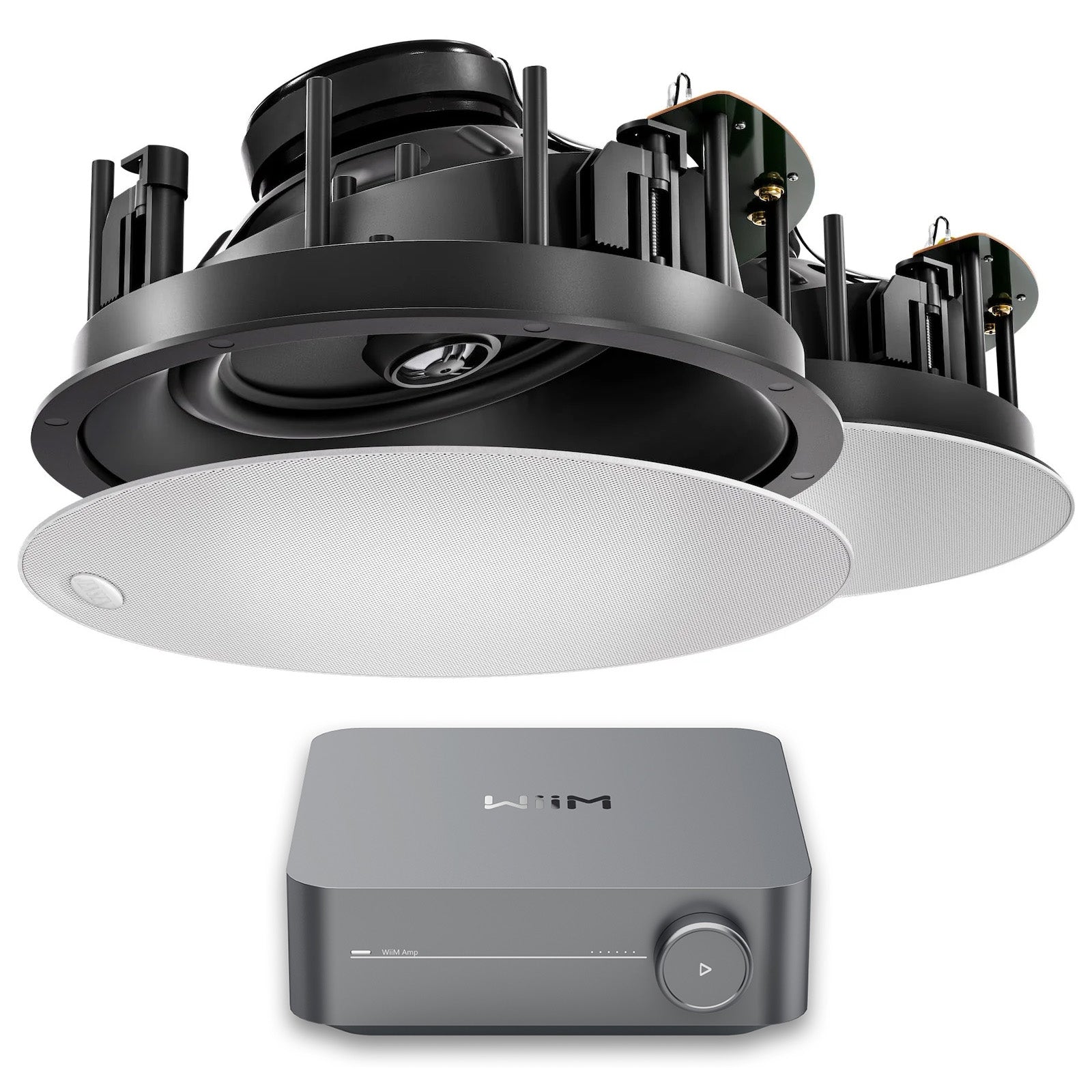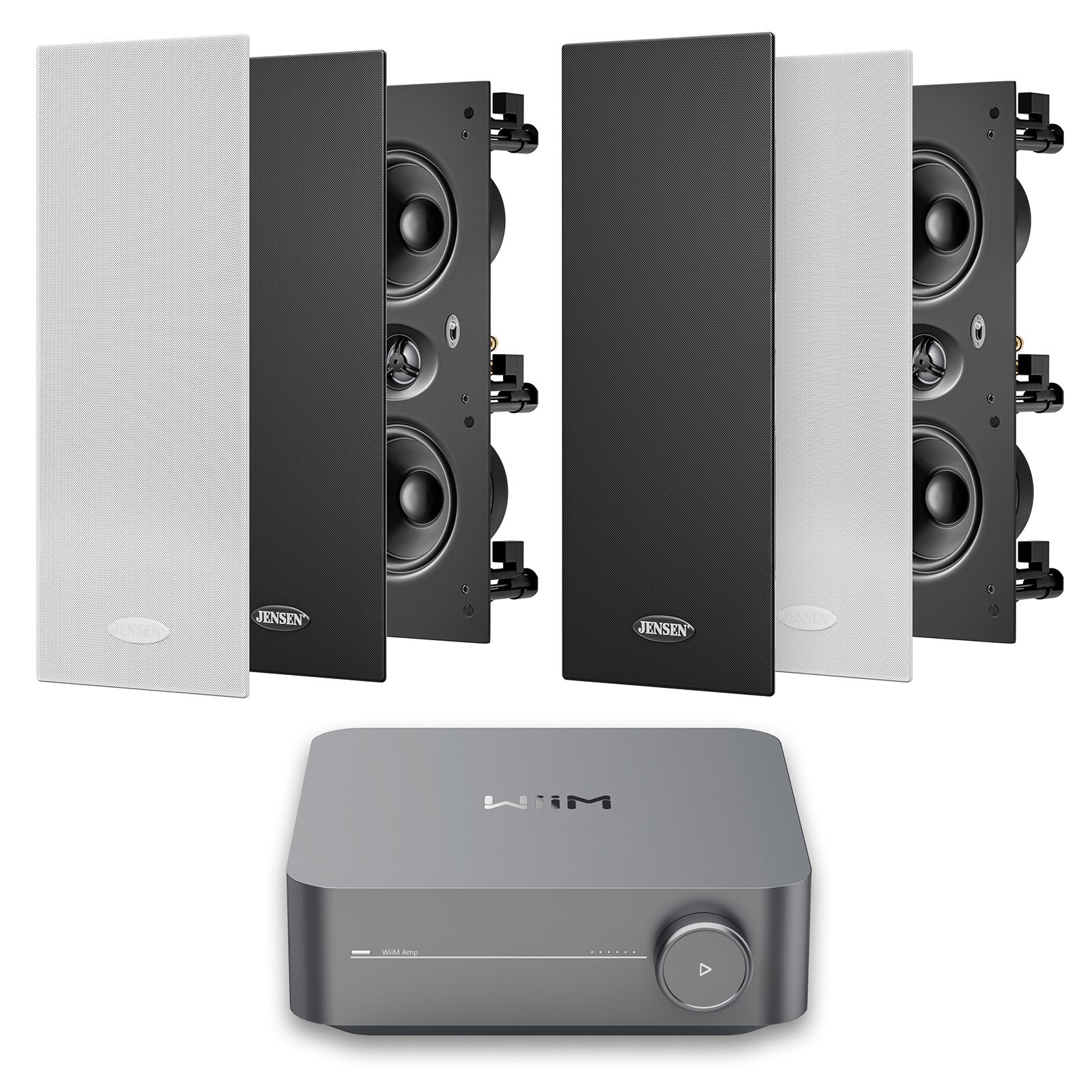WHAT AV RECEIVER SHOULD I BUY FOR HOME THEATRE?

Speakers are the most important part, right? The part that pushes the air??
It certainly feels like everything in your system hinges on the speakers you choose. But speakers are helpless without a receiver to power them.
If you’re planning to buy an audio system, you need an amplifier to run everything and connect your devices. An AV receiver is the best choice.
This post will give you a straight-forward breakdown of how to pick the best one for your needs.
Most people shop for an AV receiver after they’ve chosen a speaker system and home setup. If you’d like to do that first, check out the following pages:
5.1 vs 7.1 vs 9.1: Which is Best for You?
Explosive sound from zero clutter home theatre speakers
The Best Audio System for your New Home!
- Is a receiver the same as an amplifier?
- What to look for in an AV receiver
- How much power does my receiver need?
- “What AV receiver should I buy” cheat sheet
Is a receiver the same as an amplifier?

The term “receiver” has been used for a long time. Before surround sound hit the retail market, receivers used to be amplifiers that had a radio receiver built in.
So you could power a stereo pair of speakers AND receive AM or FM radio signal with the same unit.
When surround sound kicked off and home theatre became the new rage, the “multi-channel” amplifier units became known as receivers as well. Audio-Visual receivers to be specific.
Amplifier vs receiver?
Amplifiers are ALWAYS needed to power speakers.
Sometimes… like with Bluetooth speakers or soundbars… the amplifier is built in. So it seems like you don’t need one. But you do, it’s just inside.
Nowadays you see units sold as “amplifiers” when they only have two channels. That means they can only give you LEFT and RIGHT channels of sound. You can get a stereo image, but you can’t get 3D immersive theatre sound.
That’s where the AV receiver comes in.
AV receivers have more than two amplifiers inside. Enough to power 5, 7 on up to 11 speakers (or more). They can process a bunch of audio channels to send different audio to more speakers. That way you can get immersive surround sound.
If you are planning a home theatre system, the AV receiver is what you want.
Here’s why:
- You will have all the amplifiers you need for surround sound.
- You can connect a ton of devices to the unit, covering all bases.
- You can send video through the receiver too, so it’s the only thing you need to plug into the TV.
- Most good modern receivers have wireless built in (Bluetooth AND WiFi).
- You can adjust EQ for all speakers in your system to correct poor room acoustics or compensate for far away speakers.
Read on for guidance on picking the best 5.1 receiver (or whichever size system you decide to get).
What to look for in an AV receiver

Hands down, the most important thing is getting all the features you need.
Ask yourself these questions:
- How many speakers do you want in your surround sound system? (5.1, 7.1, ATMOS, etc.)
- What connections do you need? (How many HDMI, optical, RCA or other connections do you need?)
- Do you want one extra zone or two? (Like ceiling speakers in an alfresco area.)
- Do you need a “phono preamp” built in for your turntable?
- Do you need AM radio? DAB+?
Make sure the receiver checks all these boxes for you. At a minimum, you’ll want these features. It should all be in the specifications.
I recommend you get an AV receiver with enough HDCP2.2 inputs to cover all your Blu-ray or streaming (Apple TV, Chromecast, etc.) devices. This will allow 4K content to pass through at full resolution.
I also recommend taking advantage of ATMOS if you can. 5.1 plus ATMOS is called 5.1.2 and it’s awesome!
The best thing to do is make sure you’re buying a receiver from a good range that gets good reviews.
Stick to a brand that’s got a great track record (like Denon, Marantz, Yamaha, or Sony to name a few). Then within that brand, they might have different ranges. Make sure the range you’re looking at has great feedback.
These brands should also have quality software for their WiFi capabilities. That way you can control your system from your phone. No “pile o remotes” needed.
How much power does my receiver need?

Another way of posing this question is “How many watts does my receiver need?” That’s because power is measured in watts.
So the answer to this isn’t as complicated as people tend to think. You’ll hear all kinds of rules on this. But thankfully most retail home theatre products play nice with each other.
The main idea is…
The higher the power, the better audio quality you get at volume.
The easy way to explain it starts with this: The mains electricity in your house is ALWAYS the same. That’s the energy source for all receivers. The difference is what the transformer in each receiver does with it.
The engineers that designed the receiver will try to deliver the highest performance possible. But they’re limited by the small electronic components they put in. (Resistors, capacitors, transistors, etc.) When they design a receiver to a small budget, they use weaker components. And those components distort at lower current.
So think of the power rating of a receiver as an indicator of the quality of the components inside.
And thus… you can get a “truer” signal at a higher volume, if the components are better.
Why speakers have a power specification
You may have noticed speakers tend to have power ratings.
The power range given in the specs of a speaker is a recommended amplifier power range. If you have nothing to go on and you want to be safe, this is a fair guideline.
But in my experience…
Speaker “power ratings” are a rough guideline at best. What’s more important is the impedance of your speakers.
The lower the impedance, the more power your amp needs to run them.
(Learn more about impedance here.)
The most important thing you need to know is if you’re using 4 Ohm speakers, you’ll want 100 Watts or more to be safe.
Our Jensen range of in-wall and in-ceiling speakers are 6 Ohms. This is to balance sensitivity for detail and make them easier to power with most receivers. You can run these off of an entry-level receiver OR a top of the range one.
You just need to decide how good you want it to sound.
I like to recommend finding your “budget to sound quality” level and sticking with that.
That means thinking about how much audio performance at higher volumes means to you. And combining it with how budget sensitive you are. And THEN going with the highest tier receiver that fits those two things.
And remember to stick with a good brand and series with a track record.
If you want to spend as little as possible, but you care about audio quality, get the second model up from the bottom. And if you want the best sound possible, get the highest model up you can afford.
This “rule of thumb” won’t let you down. You’ll benefit from higher power if your speakers are good (our speakers are awesome :) ) and you’ll still enjoy the system if you cut costs and aim low.
What AV receiver should I buy “cheat sheet”

